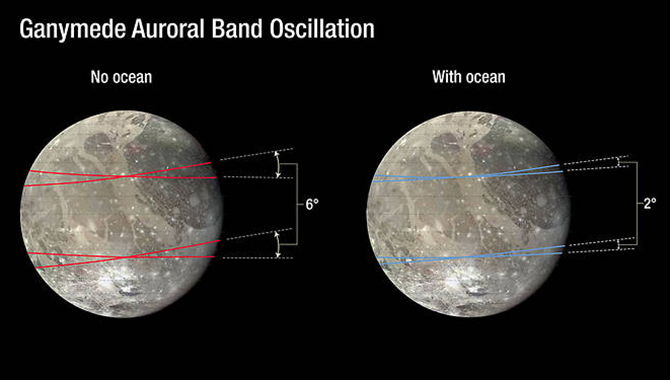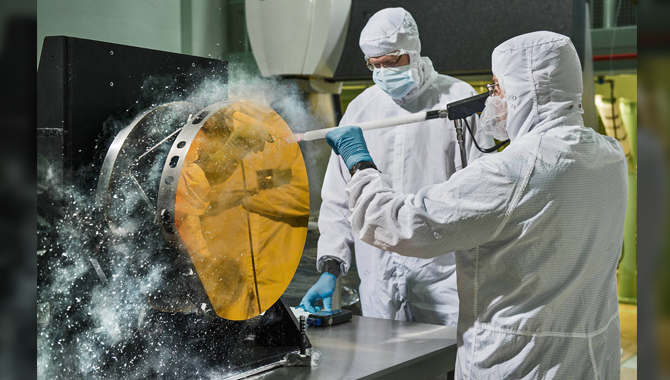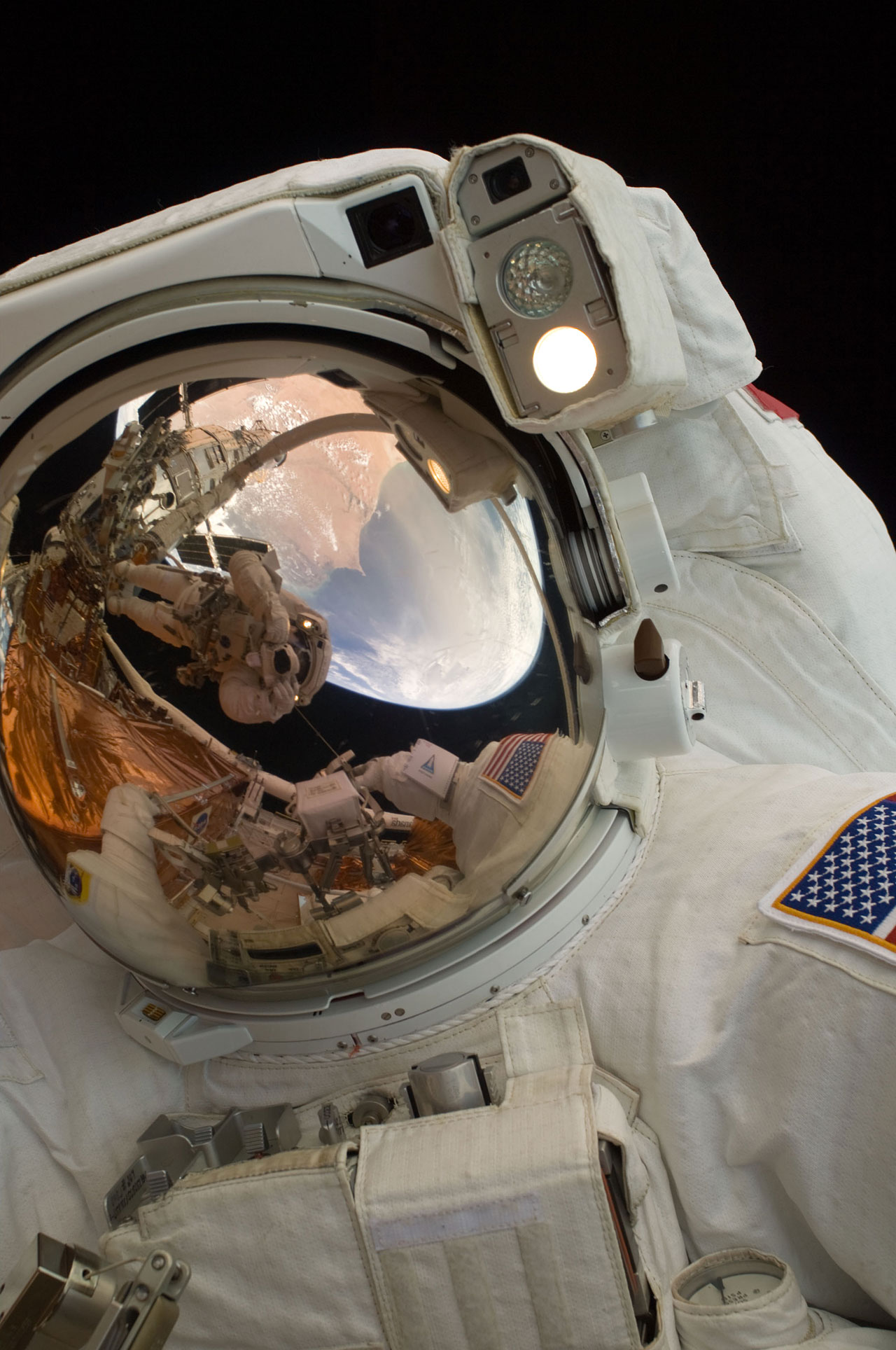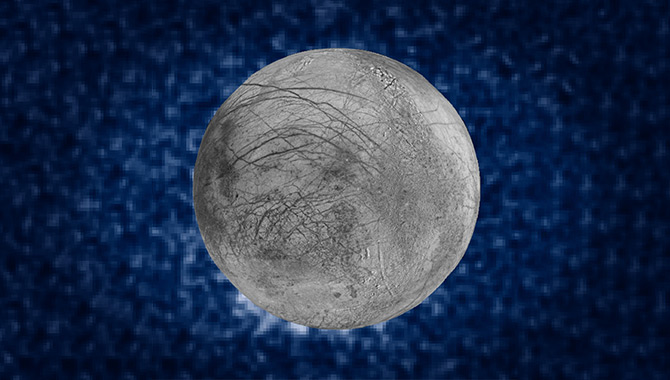
The presence of an ocean deep within the interior of Ganymede was confirmed by observations from the Hubble Space Telescope, which showed that the moon’s aurorae oscillate only two degrees, not the six degrees they would in the absence of an ocean.
Photo Credit: NASA/ESA/A. Field (STScl)
Long relied on to provide an unobstructed view of the universe, the Hubble Space Telescope (HST) recently turned its gaze inward—with ground-breaking results.
The HST turns 25 next month. But that hasn’t slowed its productivity. Scientists consider the telescope at the peak of its contributions to scientific discovery, a belief borne out by a recent discovery made regarding the interior of Jupiter’s largest moon, Ganymede.
“We developed a new approach to look inside of a planetary body with a telescope,” said Joachim Saur, professor for geophysics at the University of Cologne, Germany.
Ganymede had long been suspected of harboring an interior ocean. Until recently, however, that could not be confirmed. By studying Ganymede’s aurorae—light emitted by electrified gases in the atmosphere—during two seven-hour HST observations of the moon, Saur and his team determined that Ganymede does contain an ocean far beneath its icy surface.
The largest moon in the solar system, Ganymede has its own magnetic field, much like Earth. However, Ganymede is also under the influence of Jupiter’s magnetic field. As Jupiter rotates, the influence of its magnetic field waxes and wanes, causing Ganymede’s aurorae to oscillate. Based on what is known about the interaction between Jupiter’s magnetic field and its moon, the aurorae should rock by about six degrees every five hours. But the recent Hubble observations show that the moon’s aurorae oscillate only two degrees.
“This confirms the existence of an ocean,” said Saur, “and simultaneously rules out the absence of an ocean.” The interior ocean of Ganymede effectively counter-balances Jupiter’s magnetic field, limiting the extent of the moon’s auroral oscillations. Full independent measurements were obtained on two occasions, once in 2010 and once in 2011, underscoring the validity of the conclusion.
“This is a great example of using a remote sensing technique—using a telescope in orbit around the earth—to study a moon that’s in orbit around Jupiter, and yet be able to make inferences about the interior of that moon just by looking at it from the outside,” said Heidi Hammel, executive vice president of the Association of Universities for Research in Astronomy.
Being able to determine the presence of water in a moon or planet’s interior is a powerful tool in the search for life beyond Earth. “Every observation that we make, every mission that we send to various places in the solar system, is taking us one step further to finding that truly habitable environment, a water-rich environment in our solar system,” said Hammel.
Ganymede’s saltwater ocean is expected to lie nearly 100 miles beneath the moon’s icy crust and is thought to be far greater in depth than Earth oceans. Water has been confirmed on one of Jupiter’s other moons, Europa, and is suspected on yet another: Calisto. It has also been found on Saturn’s moon Enceladus.
“[T]he solar system is now looking like a pretty soggy place,” said Jim Greene, NASA Planetary Science director. “Water is really of enormous abundance. The more we look at our individual moons and go out into the Kuiper belt with New Horizons, I know we’ll find many more objects that have a significant amount of water in them. [Water] has to be of primordial origin. It has to have been in our collapsing cloud at the beginning of our solar system four and a half billion years ago.”
Watch a video of Ganymede’s surface based on information from NASA’s Galileo orbiter, which conducted six flybys of the moon.
Learn more about the Hubble Space Telescope.
Read an APPEL News article about a space shuttle mission that restored sight to the Hubble Space Telescope.









